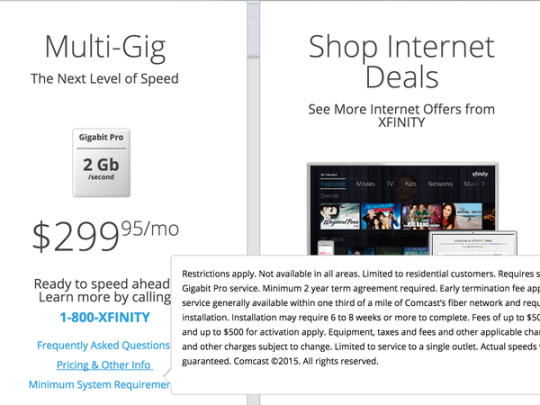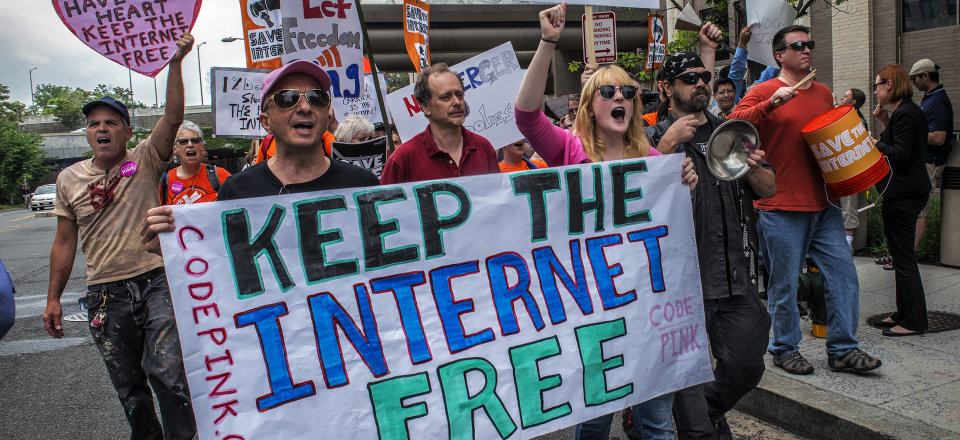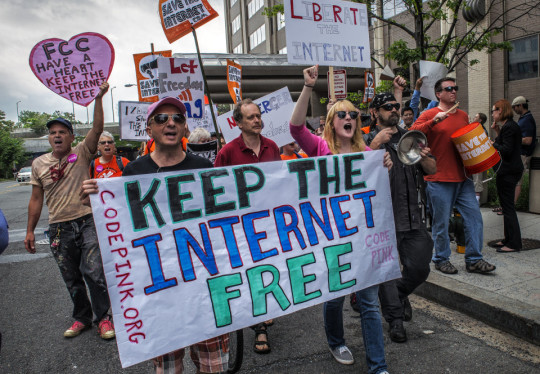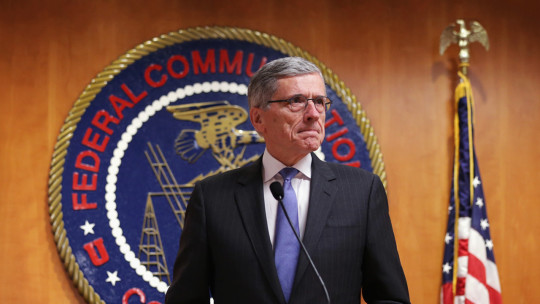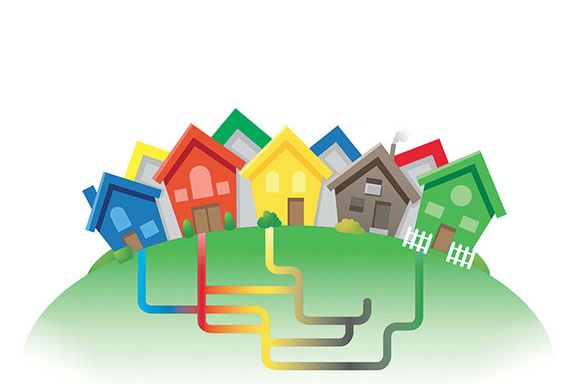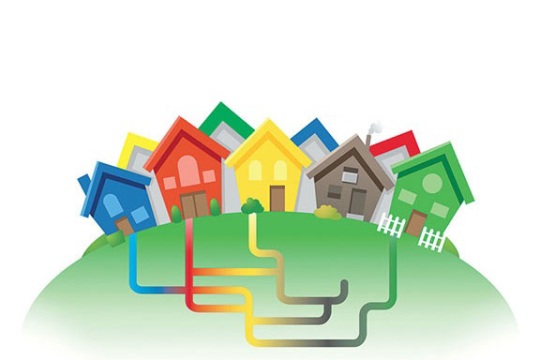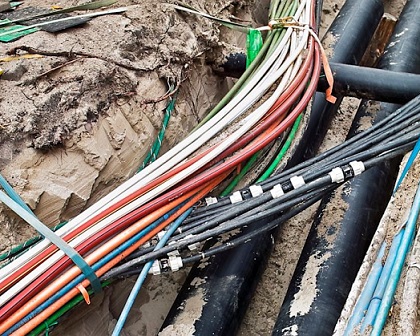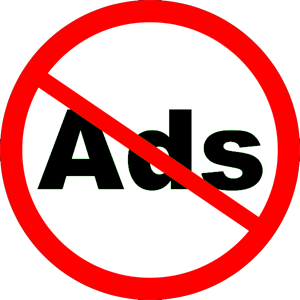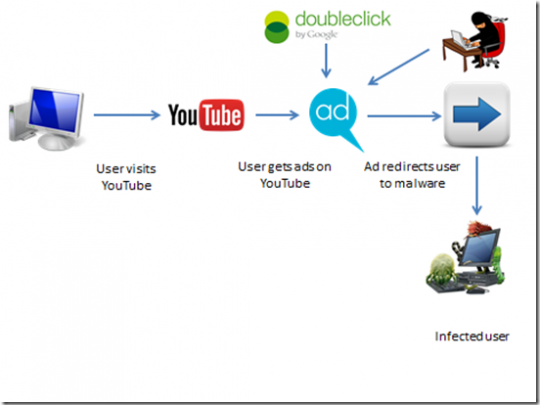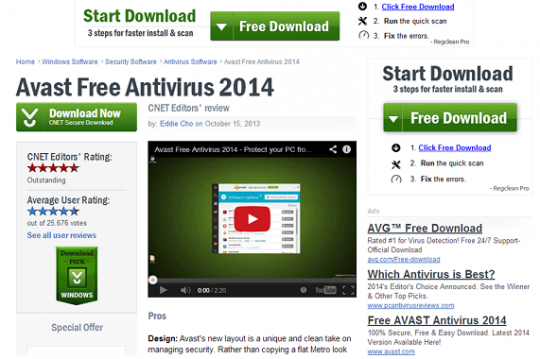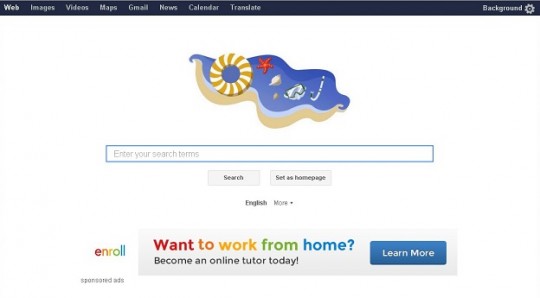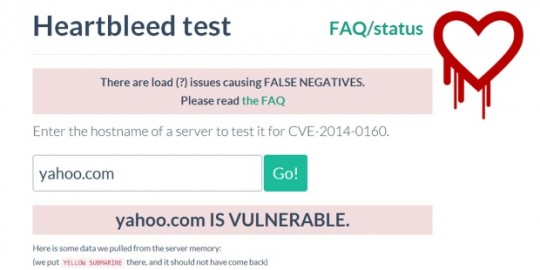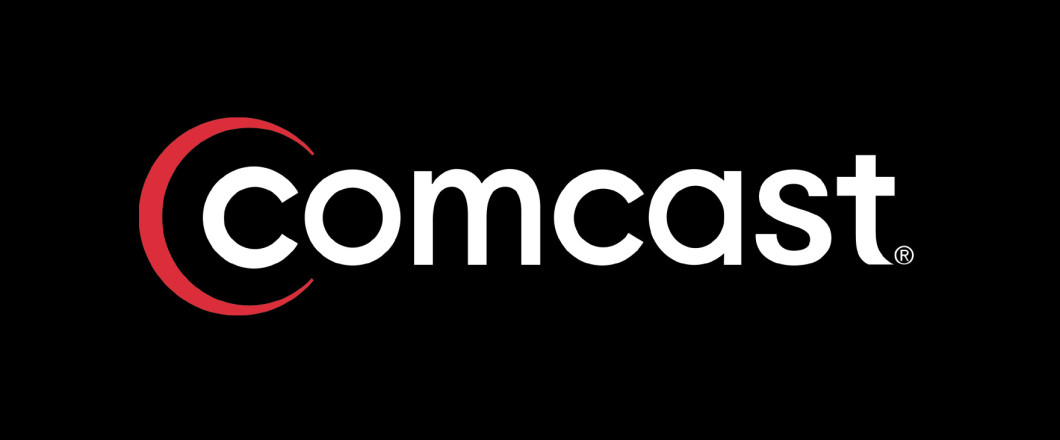
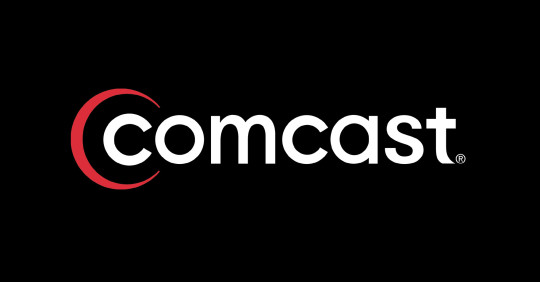 Comcast’s new 2gbps (gigabits per second) broadband service – Gigabit Pro – is here and they hope it can challenge Google Fiber. Can Comcast compete?
Comcast’s new 2gbps (gigabits per second) broadband service – Gigabit Pro – is here and they hope it can challenge Google Fiber. Can Comcast compete?
Google Fiber currently offers a 1 GBPS broadband service and that’s currently seen as eye poppingly quick and without compare. However, Comcast is keen to get into this super-fast broadband market and has decided to double the speed offered by Google Fiber in order to entice subscribers.
Let’s take a look at exactly what Gigabit Pro has to offer.
The Basics of Gigabit Pro
Gigabit Pro is a form of high speed internet service known as fiber to the home (FTTH) where a fiber optic communication runs from the central office directly to the subscriber. The only other competitors in this arena are Google and AT&T.
Comcast has spent the last decade laying around 145,000 route miles of fiber to facilitate the launch of Gigabit Pro; at present the availability of Gigabit Pro is limited to selected cities in the following states:
- Florida
- Georgia
- Illinois
- Indiana
- Michigan
- Tennessee
- California
Benefits of Gigabit Pro
Obviously, the most mouth-watering aspect of Gigabit Pro is the insane speeds being offered. These speeds are possible due to the use of fiber optics to send signals across huge distances with barely any signal loss. Standard, everyday broadband uses copper wires and is prone to significant signal deterioration.
But what do these high speed fiber connections mean for their users? Well, just imagine how quickly you’ll be able to download, stream and transmit data – this is essential for businesses and any increase in speed and reliability will always be welcomed.
Fiber is also seen as being relatively ‘future-proof’ as the fibers are not limited in the speeds that they can offer. The only limits are imposed by terminal equipment, so it’s highly unlikely that users or providers will need to update their fiber.
The Downsides of Gigabit Pro
Comcast has certainly gotten people’s attention with the announcement of Gigabit Pro, but the service is not without its problems.
The main issue facing Comcast is the prices they’re charging for Gigabit Pro. That cost is a huge $300 per month along with fees of up to $500 for installation and a further $500 for activation. Subscription fees in the Midwest will be available for $159 per month, but that reduced prices comes in the form of a 3 year contract.
The next issue for Gigabit Pro is its limited availability. In order to sign up for Gigabit Pro’s service you need to be living within 1/3 of a mile of the fiber network. This is frustrating for the vast majority of internet users and reduces Comcast’s potential revenues.
Final Thoughts
Comcast has the right idea by entering into the fiber market and, by providing Google with another rival, is ensuring that consumers will eventually get better service due to the competition.
However, in the present time, the costs are very high – particularly for domestic internet users – and the availability is low.
Fiber, though, is the future of broadband and as costs fall you should see fiber becoming more prevalent in internet users’ lives.
For more ways to secure and optimize your business technology, contact your local IT professionals.
Read More




